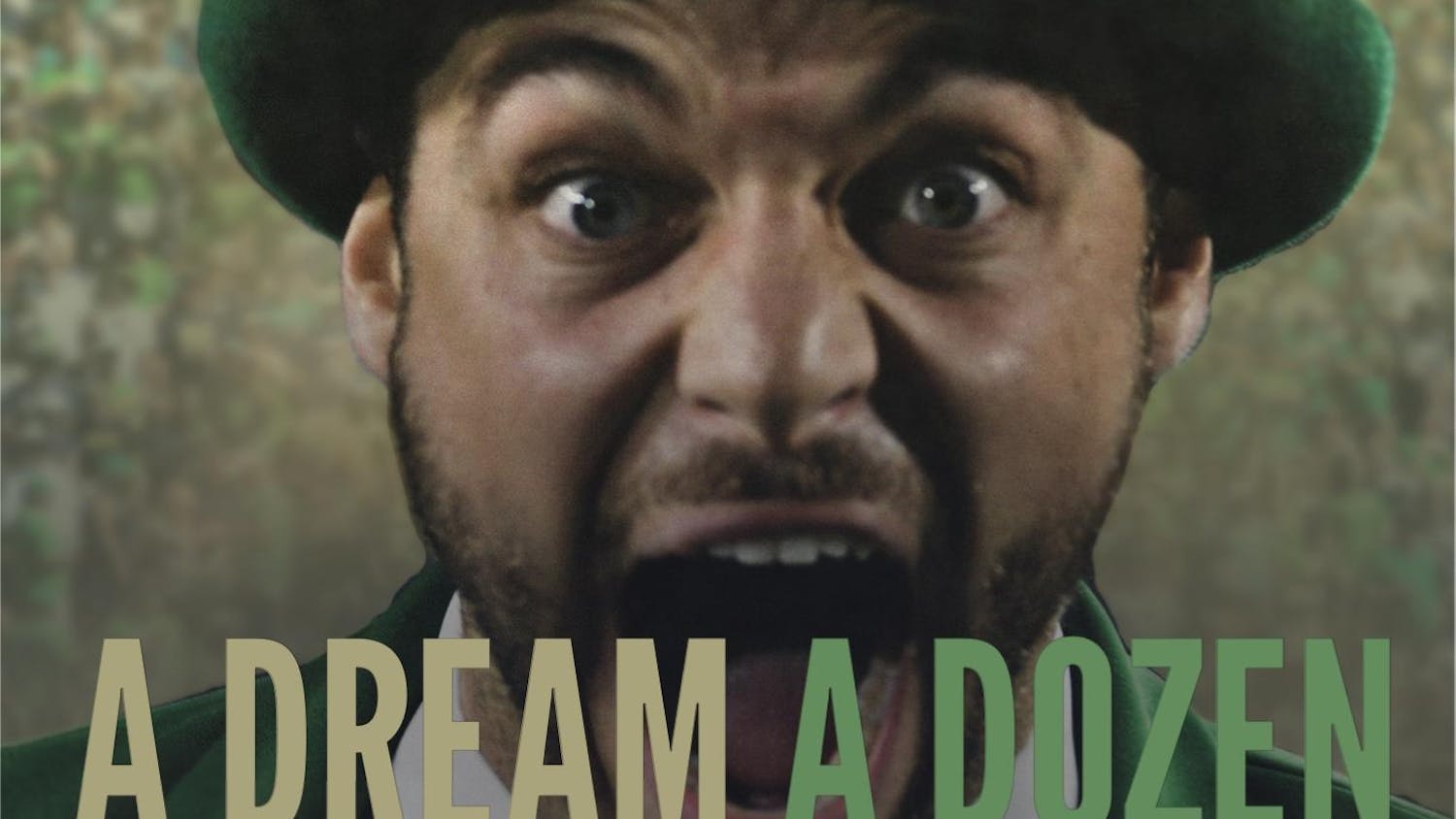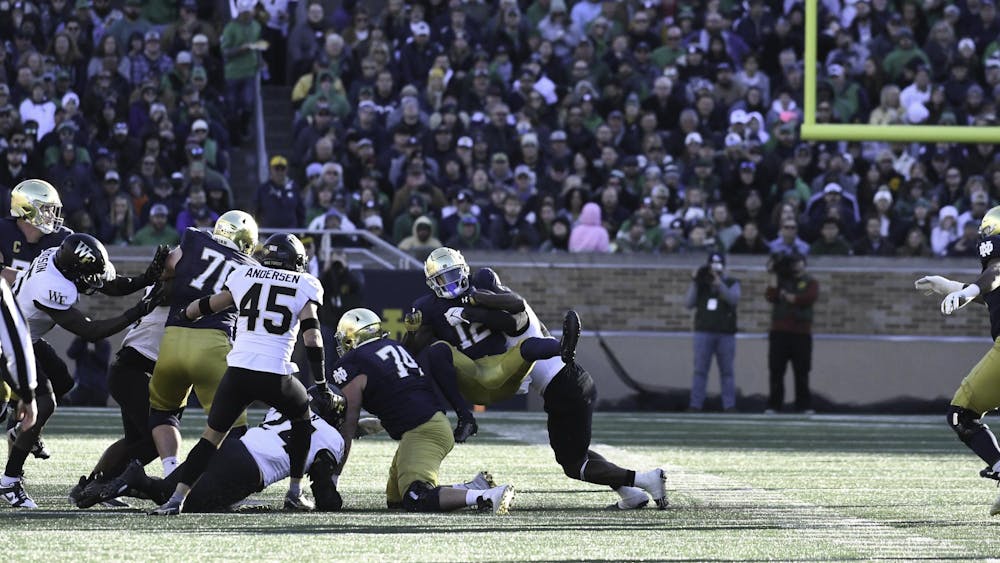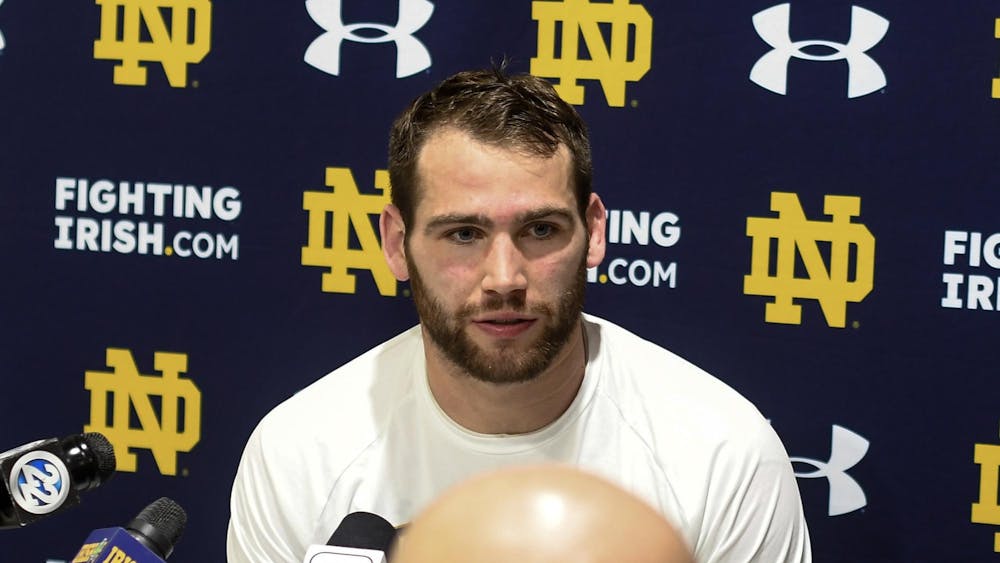This year's MLB postseason has shed some serious light on pretty harsh realities for fans. Yes, the Astros have the pure talent to dominate without sign-stealing. Yes, the current playoff structure allows for 100-win teams to face each other in the Division Series. And yes, the Yankees still struggle to clinch a World Series berth.
But without a doubt, the year's harshest reality came in the ninth inning of ALCS Game 4. Boston Red Sox pitcher Nathan Eovaldi faced Astros pinch hitter Jason Castro with two runners on base. Bringing the count to 1-2, Eovaldi painted the outside corner with a breaking ball. Home plate umpire Laz Diaz looked at it and called a ball to the backdrop of uproarious Boston fans. Later in the at-bat, Castro hit a go-ahead RBI single that kickstarted a 7-run inning for the Astros. Through what is considered the turning point of the ALCS, the Red Sox would lose the game, the series lead and, ultimately, the series altogether.
Laz Diaz's critical mistake solidified an awful umpiring performance that featured 21 missed calls behind the plate. Irked and irritated fans voiced their demands for change with one solution in mind: an automated strike zone.
Most advocates of robot umpiring frame their argument on the basis of call accuracy percentages alone. So long as more calls are correct, their logic follows, adopting an automated strike zone is a net gain. But as any established scientist will attest, accuracy rates inherently lose value unless a certain level of precision is satisfied. Missed calls within inches of the strike zone and balls over a foot off of the plate called strikes are not equally severe. Solely ensuring a 90% accuracy threshold leaves 10% of error spanning just about everywhere around the plate unless developers improve the automated system's precision as well. Otherwise, the "forward-thinkers" of baseball find themselves stuck with an awfully forced and misguided apples-to-oranges word salad.
Sure, human error will always exist at the margins, but even horrible umpires with outrageous pedigrees—I'm looking at you, Angel Hernandez—aren't blind enough to mistake a wild pitch for a strike. But surely the well-tested radar systems in the professional market would never allow for something so egregious to happen? Right?
Throughout the 2021 regular season, the independent Atlantic League, a long-standing lab rat for MLB gameplay improvement proposals, used a three-dimensional Doppler radar system called TrackMan. The home plate umpire received the TrackMan reading through Bluetooth-enabled earbuds and made the call accordingly. No intuition, no "best judgment", no eye test. The call came from one factor alone.
Pure metrics.
A predominance of baseball purists would welcome this solution to the umpire epidemic if it provided consistent, reliable results. After another full Atlantic League season ridden with horrible automated calls, however, TrackMan is still a far cry from consistent and reliable. A Lexington Legends and Lancaster Barnstormers game in early July put the imperfections of TrackMan on full display after the system made perhaps the worst third strike call in recorded history, one that needs to be seen to be believed.
Even still, TrackMan regularly fails to read standard pitches. I've personally operated Notre Dame's TrackMan system in Frank Eck Stadium over the last two years. On average, the TrackMan system fails once every 100 pitches. That would leave me with the responsibility of logging the pitch type and pitch result manually. In the case of MLB umpires strictly relying on a TrackMan for ball and strike calls, these errors force the home plate umpire to decide for themselves 1% of the time. The required co-dependence in the relationship is far from autonomous and self-sufficient like outsiders typically assume.
While painful to watch Laz Diaz miss 21 calls in one game, ringing up a batter on a near-wild pitch would prove far more devastating. Disappointed fans on the bad end of a missed call clamoring for the immediate adoption of TrackMan at the Major League level simply do not know what they're requesting. They wouldn't request it if they did.
The harsh reality of horrible umpiring is very real and very alive, but a reasonable tech solution is absolutely not. At least, not yet.













